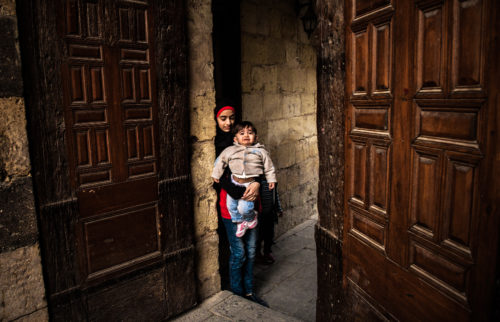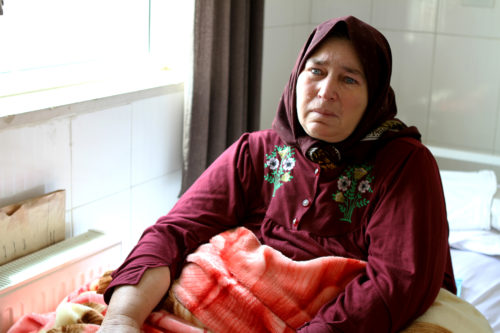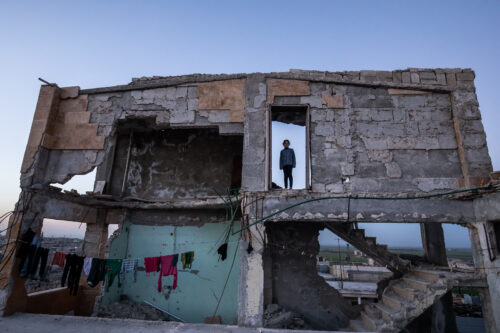The Protection of Civilians in U.S. Partnered Operations
This report outlines recommendations to improve policies and practices of armed forces with whom the United States partners.
This report outlines recommendations to improve policies and practices of armed forces with whom the United States partners.
"Partnered operations can lower the costs of achieving U.S. security goals, and, if designed well, can also improve security for civilians."
When warfare takes place in cities, civilians experience direct and indirect harm, from physical violence and injury to disruption of…

CEO of InterAction, Sam Worthington, issued the following statement regarding military incursion on the Turkish-Syrian border. “InterAction strongly urges all…

On October 9, only three days after the White House released a statement declaring that the United States forces in…

Over the past decade, armed conflict has been too often characterized by immense human suffering resulting from the actions of…

In armed conflicts around the world, destruction of civilians’ property and assets, public services, and critical civilian infrastructure has resulted…

It is impossible to fully prevent displacement in armed conflict, particularly when military operations are carried out in populated areas.

The use of explosive weapons in populated areas (EWIPA) has caused significant harm to civilian populations. Beyond individual deaths and injuries, explosive weapons cause indirect…
